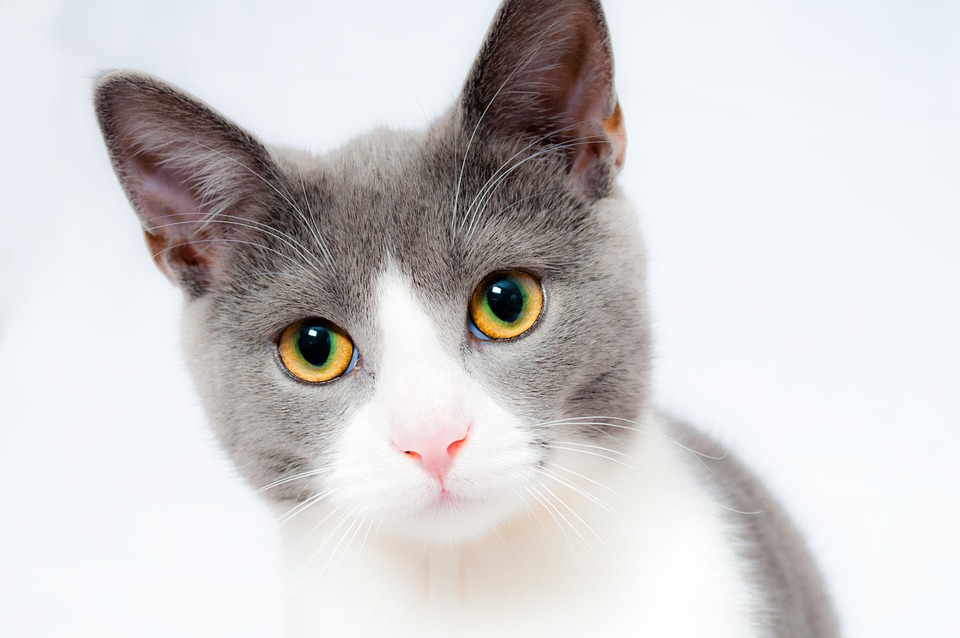Understanding Fear Aggression in Cats
Cats are known for their independent and sometimes aloof nature, but when fear aggression comes into play, it can be a challenging behavior to handle. Understanding the root causes and triggers of fear aggression in cats is crucial for providing the right environment and support to help them overcome their fears. In this article, we will delve into the complexities of fear aggression in cats and provide insights to help cat owners better understand and manage this behavior.
What is Fear Aggression in Cats?
Fear aggression is a defensive behavior exhibited by cats when they feel threatened, scared, or overwhelmed. It is important to note that fear aggression is different from regular aggression, as it stems from a place of fear rather than dominance or territorial instincts. A fearful cat may lash out, hiss, growl, scratch, or bite when they perceive a threat, even if the threat is not imminent.
Causes of Fear Aggression in Cats
Understanding the underlying causes of fear aggression in cats is essential for addressing and managing this behavior effectively. Here are some common factors that can contribute to fear aggression:
1. Lack of Socialization: Cats that have not been properly socialized during their early development stages may be prone to fear aggression. Limited exposure to different people, animals, and environments can make them more fearful and reactive.
2. Traumatic Experiences: Cats that have experienced traumatic events such as abuse, neglect, or accidents may develop fear aggression as a defense mechanism. These past experiences can leave a lasting impact on their behavior.
3. Genetics: Certain cat breeds may have a genetic predisposition to fear aggression. Breeds such as Siamese, Abyssinian, and Bengal may be more inclined to exhibit fear aggression compared to others.
4. Medical Conditions: Sometimes, fear aggression can be a result of an underlying medical condition causing pain or discomfort. It is essential to rule out any health issues that may contribute to the cat’s fearful behavior.
Recognizing Fear Aggression in Cats
Identifying fear aggression in cats can be challenging, as it may not always be obvious. However, there are some common signs and body language cues to look out for:
1. Ears and Tail Position: A fearful cat may flatten their ears against their head or hold their tail low or tucked between their legs.
2. Dilated Pupils: When a cat feels threatened or afraid, their pupils may dilate, indicating heightened arousal and fear.
3. Hissing, Growling, or Spitting: Fearful cats often emit hissing sounds, growl, or spit to communicate their discomfort and attempt to deter potential threats.
4. Defensive Posture: Cats displaying fear aggression may adopt a defensive posture, with their body low to the ground, arched back, and fur standing on end.
Managing Fear Aggression in Cats
Dealing with fear aggression requires patience, understanding, and a systematic approach. Here are some strategies to help manage and reduce fear aggression in cats:
1. Create a Safe Environment: Provide plenty of hiding spots, elevated perches, and spaces where your cat can retreat when feeling threatened. This will help them feel safe and in control.
2. Positive Reinforcement: Reward your cat’s calm and non-aggressive behaviors with treats, praise, and playtime. This helps to associate positive experiences with certain situations, gradually reducing fear responses.
3. Gradual Desensitization: Gradually expose your cat to the things that trigger their fear aggression in a controlled manner. Start with low-intensity exposure and gradually increase it over time, rewarding them for calm behavior.
4. Consult a Professional: If fear aggression persists or becomes unmanageable, seek guidance from a veterinarian or a professional animal behaviorist. They can provide tailored advice and techniques to help your cat overcome their fears.
FAQs about Fear Aggression in Cats
Q: Can fear aggression be cured in cats?
A: While fear aggression may not be completely cured, it can be managed and reduced through proper training, socialization, and creating a safe environment for the cat.
Q: Should I punish my cat for fear aggression?
A: No, punishment should be avoided as it can worsen fear aggression and damage the trust between you and your cat. Focus on positive reinforcement and creating a safe space for your cat instead.
Q: Can fear aggression in cats be prevented?
A: Early socialization, positive experiences, and proper handling during a cat’s early stages of development can significantly reduce the likelihood of fear aggression later in life.
Q: Can medication help reduce fear aggression?
A: In severe cases, medication prescribed by a veterinarian, such as anti-anxiety or antidepressant medication, may be used as part of a comprehensive treatment plan to help manage fear aggression.
Understanding fear aggression in cats is crucial for providing the necessary support and guidance to help them overcome their fears. By creating a safe and nurturing environment, implementing positive reinforcement techniques, and seeking professional advice when needed, you can help your cat manage fear aggression and live a happier, more confident life.








